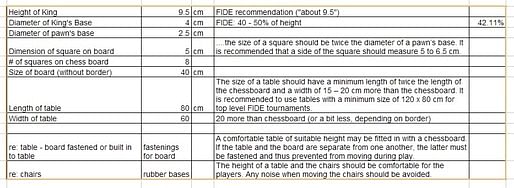

Photo by Vera Nebolsina, Grandmaster
As I've alluded to before (Brunelleschi = BIM), I tend not to see digital design methods - such as Building Information Modeling or parametric design - as paradigmatic ruptures within architecture and its history. The capacity of parametric modeling as a means of reading and predicting the sea of boxes that comprises most of industrialized space may, ultimately, be more significant than its implementation in form-finding with differentiated and repeated components. (Summary of a course I taught at Columbia GSAPP about this is here)
That said, I have been working recently with Vera Nebolsina, a Chess Grandmaster here at the Akademie, on a project that has got me enthusiastic about the conceptual implications of using Grasshopper (the Rhino plug-in). We are designing an environment that could host both formal and informal chess tournaments and workshops. One of the primary goals is to enable a Grandmaster to play up to 20 people simultaneously, including both experts and a lay public.
It turns out that World Federation Chess (FIDE) standards, updated last in 1975, are written a bit like very small zoning codes. They start with the height of the king (the tallest piece), and other dimensions radiate out from there, defining the range of allowable board and table dimensions.

The goal is to build upon this highly coded spacing to make a kind of inhabitable game.
Posts are sporadic. Topics span architecture, urban design, planning, and tangents from these. I sometimes include excerpts of academic articles.
5 Comments
this project is awesome! what a really cool and unique typology.
i find it interesting that you are using the regulation piece/board dimensions as a starting point for the spatial design itself.
what do you mean by 'make a kind of inhabitable game?' that's not very clear... and i am really curious where you're going to take this.
good luck!
as a player, sometimes good one, i am excited to see two things right; the board set up correctly, and the use of the giuoco piano opening. i will be following to see where this leads.
i too have been interested in chess as a spatial tool for design, but more on the game side, and less on this end, so i am intrigued.
Sounds like you're designing the environment as a game. The grandmaster is the player and the individual chess games are his opponents. But it would also serve informal tournaments.
I'll be following to learn more about chess culture and your use of grasshopper. Fun!
Thanks so much for the comments so far. I am fortunate to be working with a Chess Grandmaster as client / collaborator, hence the validity of the photo. As far as what I mean by 'make a kind of inhabitable game', this is something I am using this project to investigate. I doubt I will have a firm answer when the first phase is exhibited next month. I do like the idea that 'the grandmaster is the player and the individual chess games are his opponents.' So far my focus has been on something more simple and pragmatic, but related to this - that the arrangement of a Grandmaster playing 19 amateurs at once is very different than 10 Grandmasters playing each other. The game right now is about heightening both these possibilities.
Beyond this, as I learn more about chess, I am hoping deeper structures within the game become productive spatially. As a purely amateur chess player, I am only recently learning about 'pawn structures' for example. Without knowing the game it is easy to think of pawns as inconsequential pieces. But, in fact, they provide incredibly important limits and boundaries, but only when they are working coherently as a structure.
The first iteration of this may just be a rather formal study of truss parameters, for instance. But these are the ideas at play that the project hopes to develop.
i've played a grandmaster - or master, i forget the hierarchy - in a simul, he was playing about a dozen of us - i even made it pretty deep into the game [he accused me of moving a piece, and then after walking around the bookstore, i came back to find that he actually moved a piece, to his advantage, never realizing my own photographic memory of board pos], i resigned shortly after that.
this may or may not be counter intuitive, but the level of predictability with masters playing each other is pretty high, because their depth of knowledge - opening, middle and endgame - is documented quite extensively. whereas, with amateurs there is not a tremendously deep encyclopedia to access, so their play is, at times, utterly confounding, and completely unpredictable. that is of course assuming the amateurs make it past the 4th or 5th move.
Block this user
Are you sure you want to block this user and hide all related comments throughout the site?
Archinect
This is your first comment on Archinect. Your comment will be visible once approved.